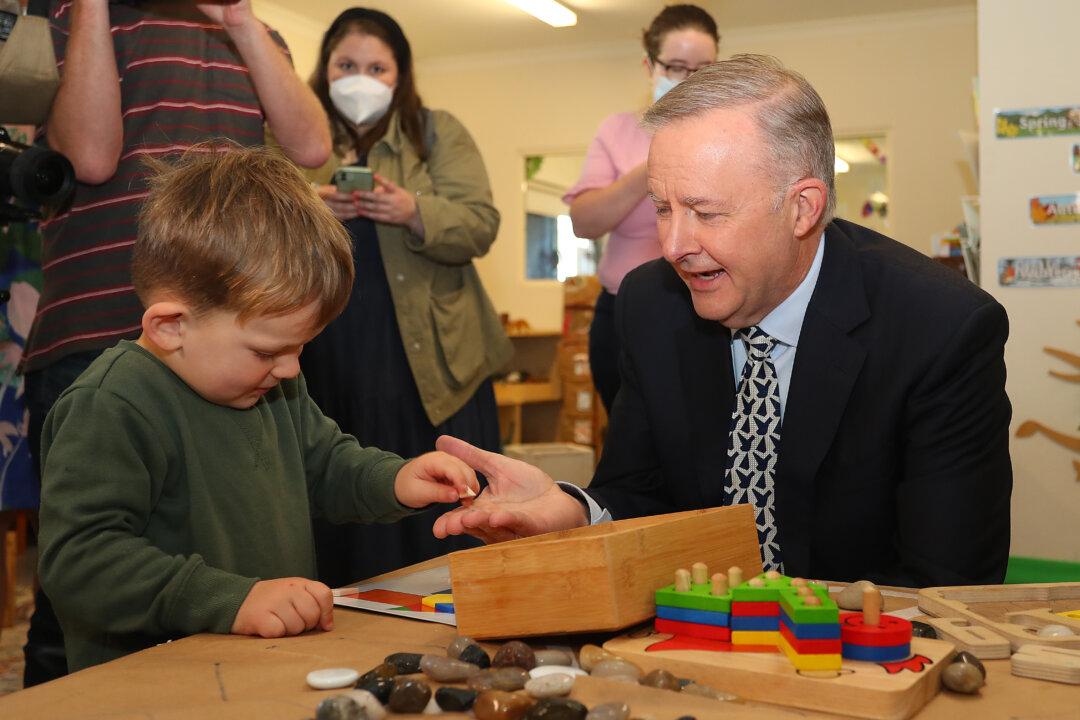Over a million Australian families will receive a childcare subsidy from July 2023 as a multi-billion dollar bill has passed the Senate on Nov. 22. However, an acute shortage of workers is threatening to hinder the new policy.
In September, the Labor government introduced the Cheaper Child Care bill to the Australian parliament to implement a major policy proposed during the federal election.





